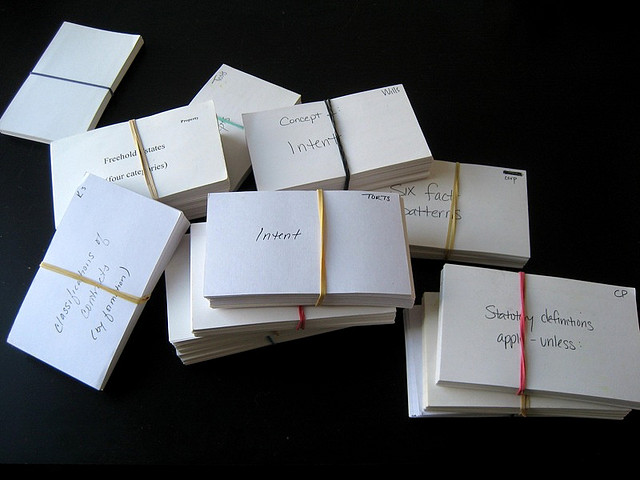5 Tips to Beat the SAT

Photo Credit: Gates Foundation
1. Forget About Memorizing Impossible Vocabulary Words
There are over a million words in the English language. The probability of studying the exact words that appear on the test is therefore exceedingly low. A more worthwhile vocabulary strategy is to practice forming words in context.
Use the context around the blank to write in your own best-fitting word before you read the answer choices. The bolded part is important. By utilizing the sentence without the distraction of the answers, you will come up with a more accurate prediction than you would’ve by reading the choices first. If you can pinpoint a synonym for the correct answer, you will have conquered 90% of the battle.
2. Every Critical Reading Answer has Concrete Evidence in the Passage
I cannot emphasize this point enough: EVERY right answer has explicit evidence in the passage. Even when the question asks for the author’s “tone” or “feeling,” it only means you have to look for physical words in the reading that reveal why your choice is the correct one. The SAT ensures that there is 1 correct answer, i.e. one with substantial evidence found in the passage, and 4 incorrect answers that have absolutely no basis in the reading. It is your job to focus and try to remember the golden rule: on the SAT reading section you don’t read between the lines, you read the lines.
3. Use Your Own Numbers When You Can in the Math Section
Let’s start with an example: if 19/x has a remainder of 4, what would be the remainder of 19/(x+9), assuming x<10?
Solving this using algebra would be a serious pain in the butt. An easier, smarter alternative would be to use a simple number for x that you know works for this problem. If it works once, it will work almost every time.
In this case, you can set x = 5, because 19/5 has a remainder of 4. If x is 5, x + 9 must be 14. Well, the problem just got a whole lot easier: all you have to figure out is the remainder of 19/14…
This is my number one strategy for the math section. Use your own numbers for those pesky variables and make sure you write them down!
4. You Need at Least the Same Number of Equations As Variables
Another example: Given x+y = 14, what is the value of 3(x+y) – 2?
Notice how we have two variables “to solve for” but only one equation to work with. If you have fewer equations than variables, it is impossible to solve for the variables individually. You can only transform the expression to resemble the one required in the question.
In this case, we multiply 3 on both sides of the equation and then subtract by 2 on both sides to get 3(x+y) – 2 = 40. Remember, we did not have to solve for x and y individually in order to draw a comparison between the two variables.
5. Shortest is Sweetest for Improving Sentences
For the improving sentences part of the writing section, you have to worry about both grammar and style. Grammar has the priority, so it is up to you to learn the top grammar rules for the SAT. Once you’ve eliminated all the choices with poor grammar, it’s time to consider style.
The shortest (as in measuring with a ruler) choice is usually correct, all grammar being equal. Some notable exceptions are those that change the original meaning of the sentence, those that have the subject at the end of the sentence, and those that disturb the flow of the sentence.
Tip # 6 and Beyond
These are just five of the many strategies our mentors apply in empowering our students with knowledge on how to beat the SAT. The thing to remember is that this is a standardized test and thus it has to be unequivocally objective in its answers. In plain English: there are always 4 completely, undoubtedly wrong answers and 1 absolutely positively correct answer. At Allen Mentoring, we teach you how to spot those right answers as quickly as possible and conquer this stepping stone on your way to a successful college career. Don’t take our word for it, you can read the reviews on our testimonial page. For more information on how we can help you succeed on the SAT, feel free to contact us!



No comments